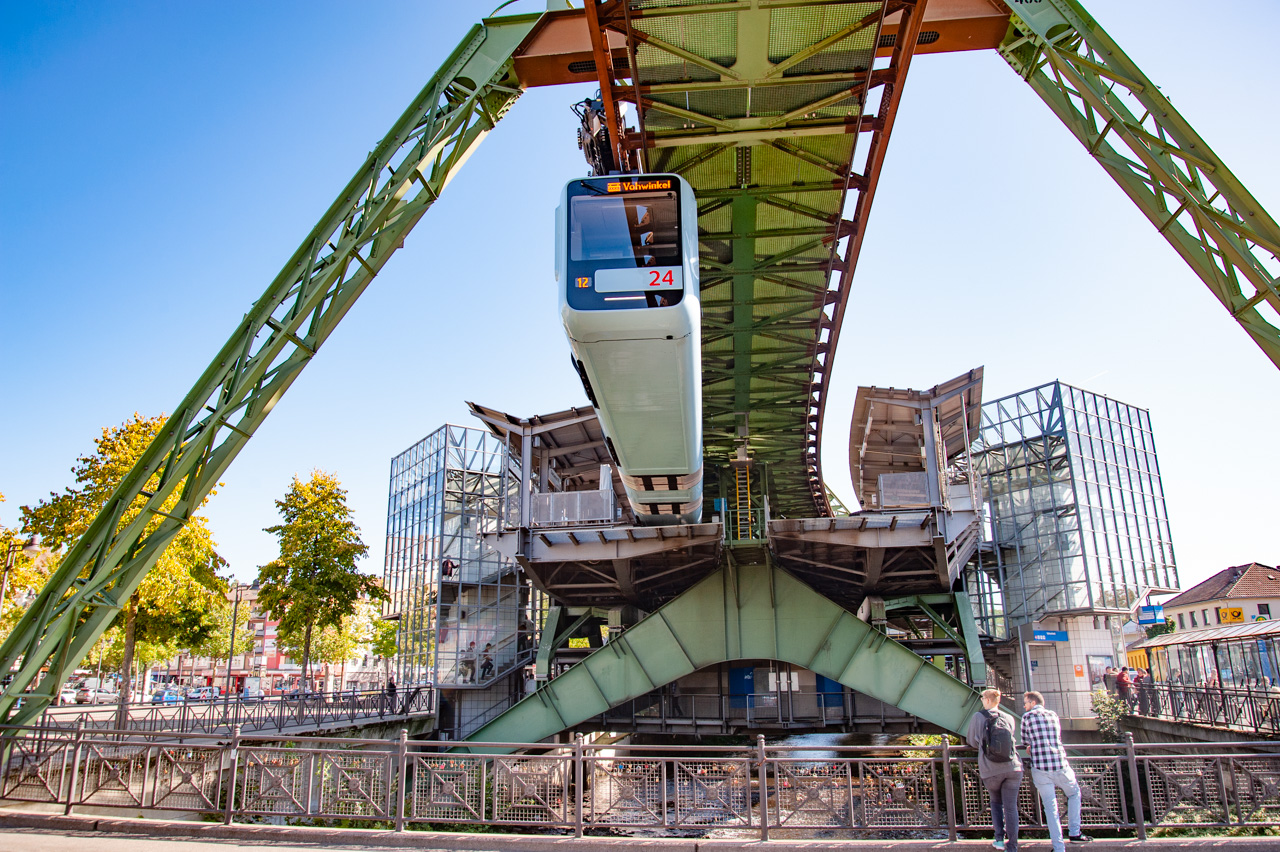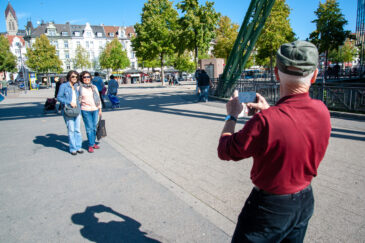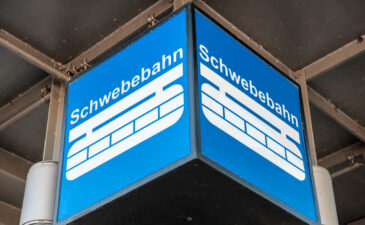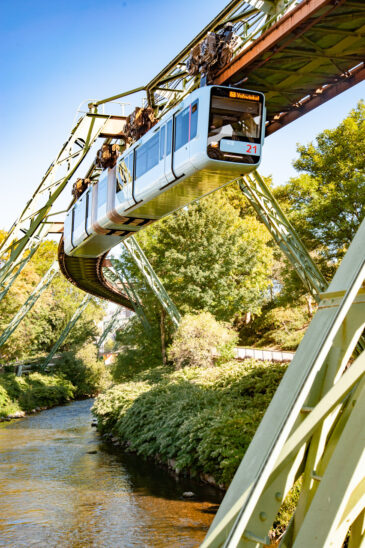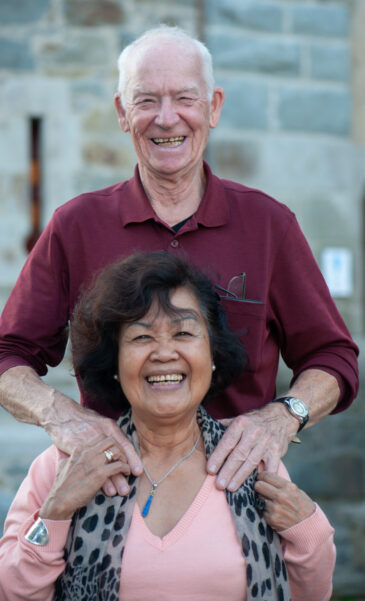‘Whopper-what?’ I asked. My new German friend, Volker, tried to share his hometown with me.
‘Wupper-who?’ I just couldn’t pierce through his thick accent so I pulled out my phone and brought up Google Maps and let him zoom in.
‘Wuppertal!’ I finally realised. ‘Never heard of it.’
Volker explained it was one of the major cities of North Rhine Westphalia and near Düsseldorf. But I had to admit my knowledge of German geography was still limited. ‘It’s world famous for its upside down train,’ Volker said. ‘I will take you there.’
Padma and I joined Volker and his wife, Florita, on a tour of his home town on Saturday. And we rode the upside down train – the Schwebebahn – back and forth its 13-kilometre route a couple of times. We just were four of the 80,000 passengers who ride the Schwebebahn daily. ‘It’s not for tourists,’ Volker insisted.
Yet we were happy being tourists on the train, which has been attracting train buffs since it started operations in 1901. The route travels 12 metres above the Wupper River. Even though it travels through downtown Wuppertal, much of the route is through parkland – no wonder as Wuppertal is one of the greenest cities in Germany.
Toward the end of the route the Schwebebahn passes through a massive Bayer facility. Bayer was founded in Barmen (one of four communities later merged to form Wuppertal) and the city claims it is the birthplace of Bayer Aspirin, which was registered in 1899 two years before the Schwebebahn took its maiden journey.

